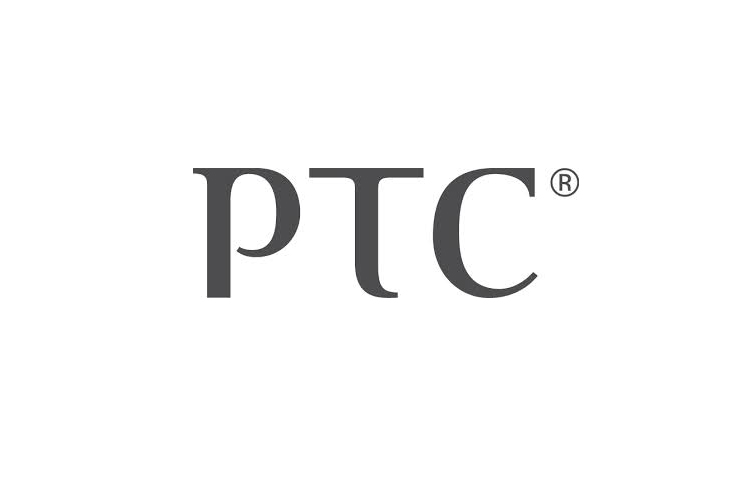PTC recently announced the PTC Systems Engineering Solution, purpose-built to help organizations reduce risk and accelerate innovation in an increasingly smart, connected world. The solution provides a comprehensive systems engineering platform to help organizations design more innovative products, engineer more profitable product lines, and validate that products meet functional and quality requirements.
The coming decade is expected to witness a surge in the growth of smart, connected products with billions of connected devices in use by both businesses and consumers. But while smart, connected products define the future of manufacturing, they are intrinsically more complex to design, build and operate. As a result, many organizations struggle to deliver the functionality, quality and performance that the market demands.
The PTC Systems Engineering Solution provides a complete systems engineering platform to enable rapid exploration and accelerated design and delivery of more successful products. It combines the strengths of the PTC Integrity™ family of Application Lifecycle Management (ALM) products with products from Atego, a wholly owned subsidiary of PTC and leader in architectural modeling and Model-Based Systems Engineering (MBSE).
The solution includes the following product families:
- PTC Integrity™ — Robust system requirements and validation
- Atego® Asset Library – Collaborative asset management and reuse
- Atego® Modeler — Collaborative, scalable architectural modeling and model-based systems and product line engineering
- Atego® Process Director – Rich process authoring and deployment with out-of-the-box systems engineering best practices
The new solution enables faster adoption of model-based systems engineering approaches, while allowing organizations to choose among text-based, model-based and hybrid systems engineering techniques. Analyst research shows that model-based systems engineering (MBSE) can deliver 23% more projects on time, at 62% lower cost, than alternatives. MBSE efficiently captures and communicates design through a common and standards-based language, improving stakeholder communication and buy-in.
“The model-based PTC Systems Engineering Solution is our platform for cross-discipline product development,” says Dirk Denger, head of Synergistic Methods at AVL. “As our products grow in complexity and connectivity, new systems engineering approaches are needed. The PTC Systems Engineering solution allows us to unify all of our engineering teams through a common, model-based systems engineering approach, enabling us to deliver higher-quality engineering services with best value for our customer in time and cost”
The PTC Systems Engineering Solution enables organizations to:
Design more innovative products using a collaborative MBSE approach. Design capabilities include:
- Requirements engineering – Author and manage requirements to capture and communicate the voice of the customer throughout the product lifecycle
- System design– Collaboratively design system specifications using standard (SysML and UML) notation to efficiently explore alternatives
- Analyze design options– Perform trade-off analysis to make better decisions in both the design and allocation of functionality to engineering disciplines (hardware, software, electrical, etc.)
Reuse system artifacts to enable profitable product line engineering. Capabilities include:
- Requirement, model and test reuse – Reuse all artifacts across design projects to speed time-to-market and reduce costs
- Modular design – Optimize systems design and architect for reuse to improve architectural resilience and business flexibility
- Product Line Modeling – Design families of subsystems including commonality and variation to create more profitable product lines
Validate products meet requirements and best practices processes are followed. Capabilities include:
- Model verification – Automate design review to find problems earlier
- Test management – Author and manage test cases, test sessions and results to improve quality
- Traceability – Capture rich traceability across design artifacts to improve organizational agility and resilience to change
- Governance – Utilize out-of-the-box systems engineering best practices to improve individual and team maturity
“The PTC Systems Engineering Solution is specifically designed to enable innovation in the process of designing the product, allowing customers to better address market needs and bring products to market faster,” said Roque Martin, SVP, Application Lifecycle Management, PTC . “Delivering more complex products on time and at a lower cost is often the edge customers need to make their products stand out in a smart, connected world.”


